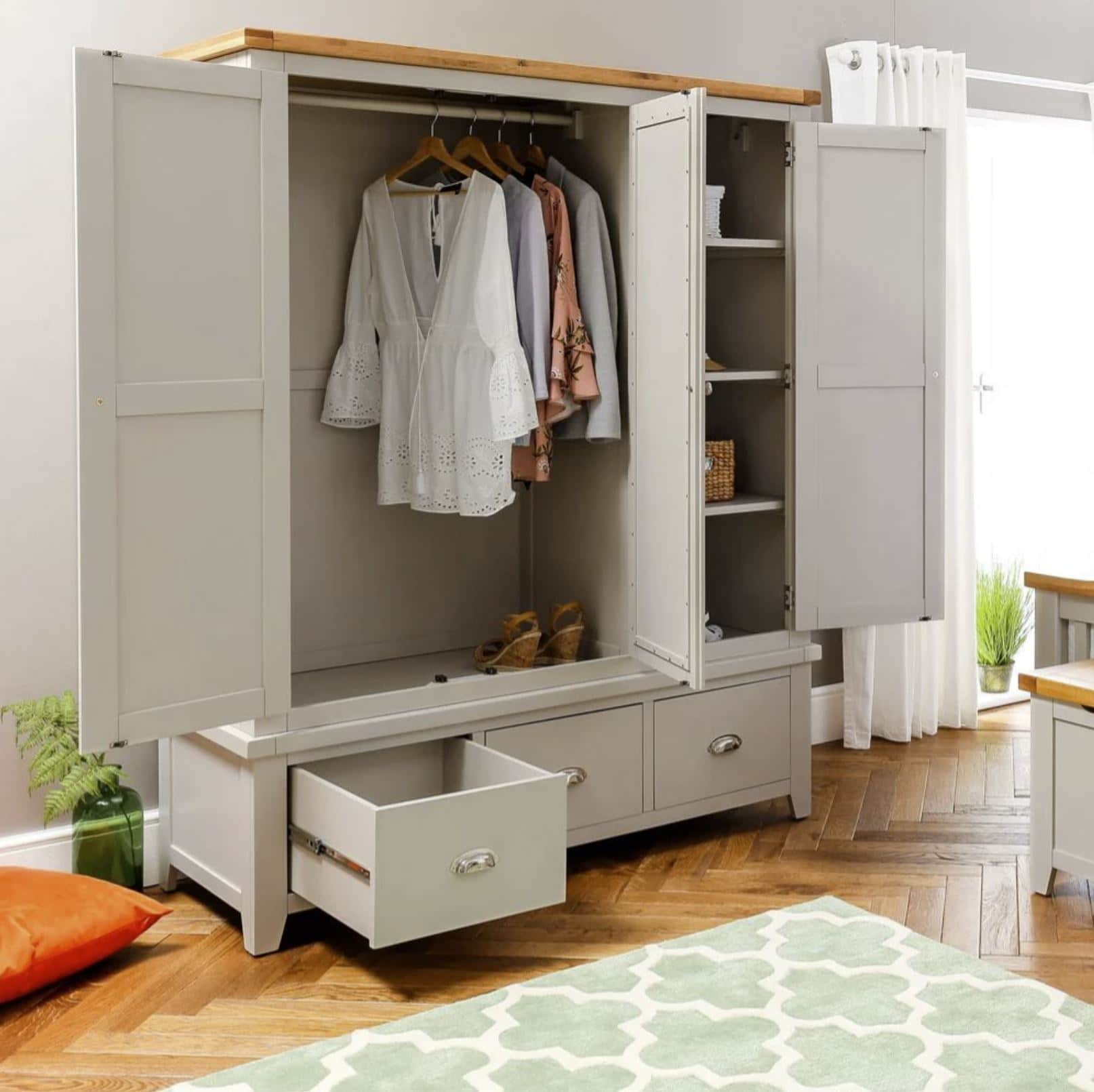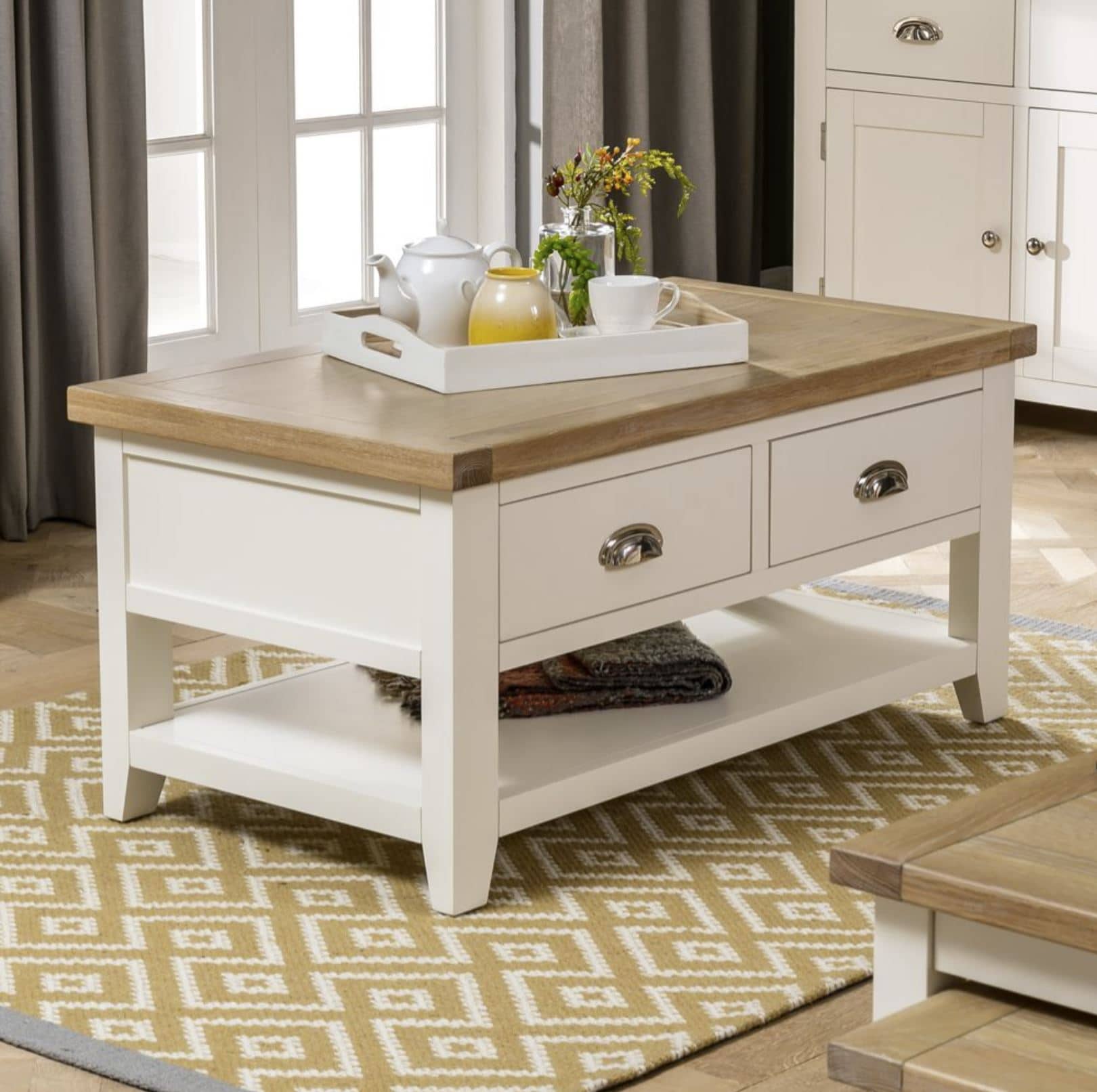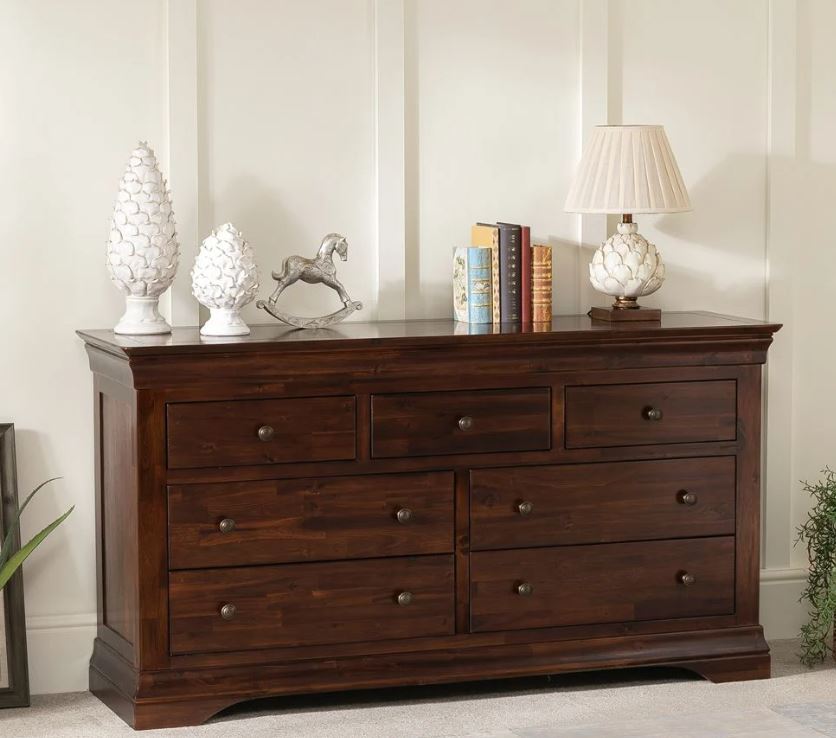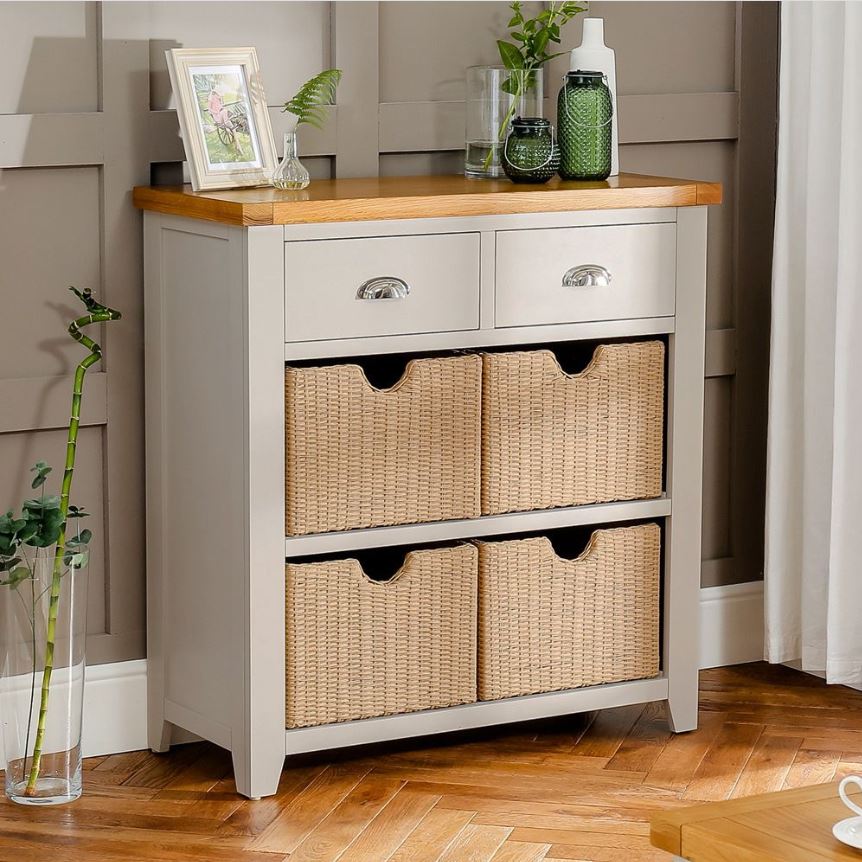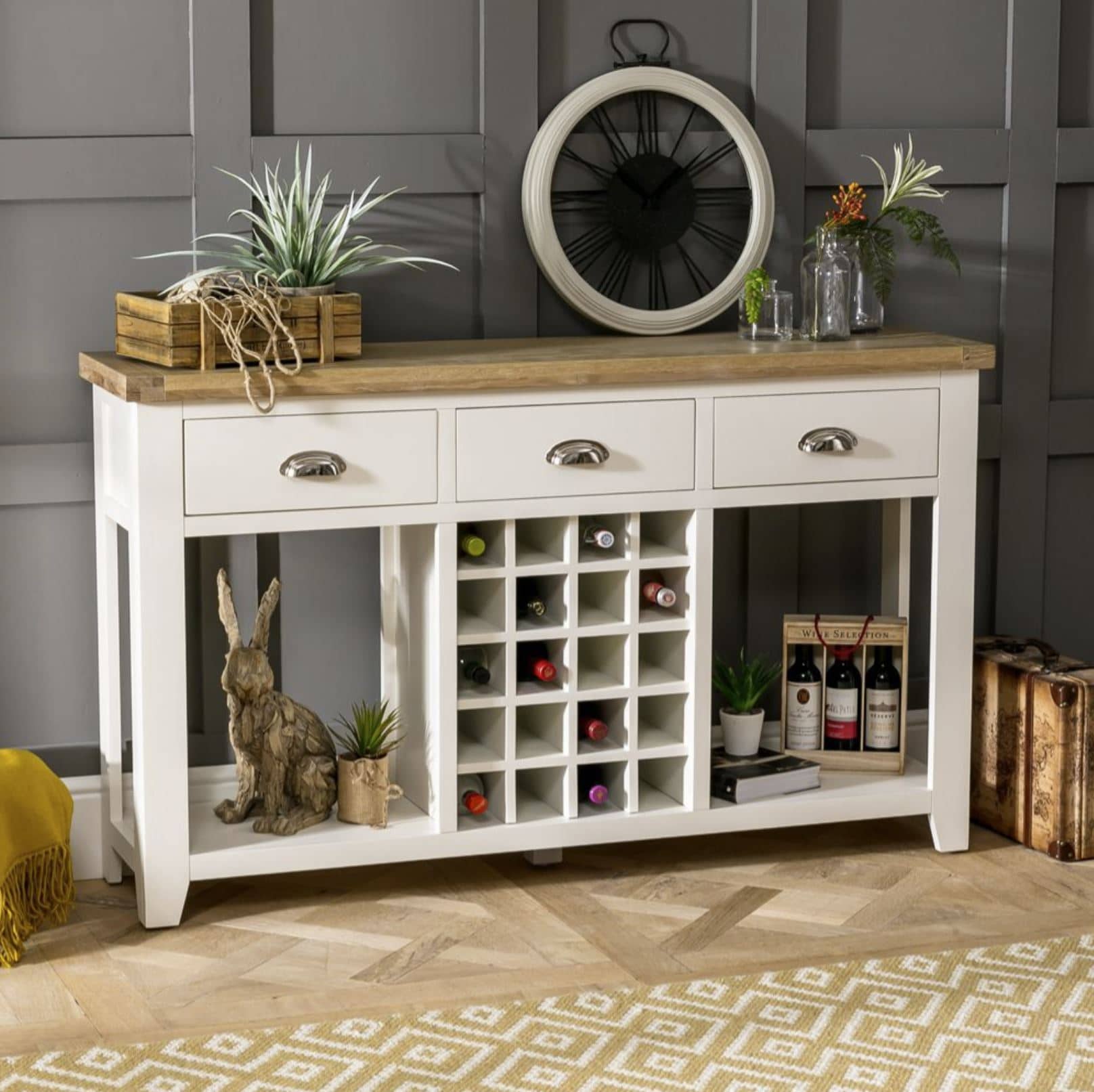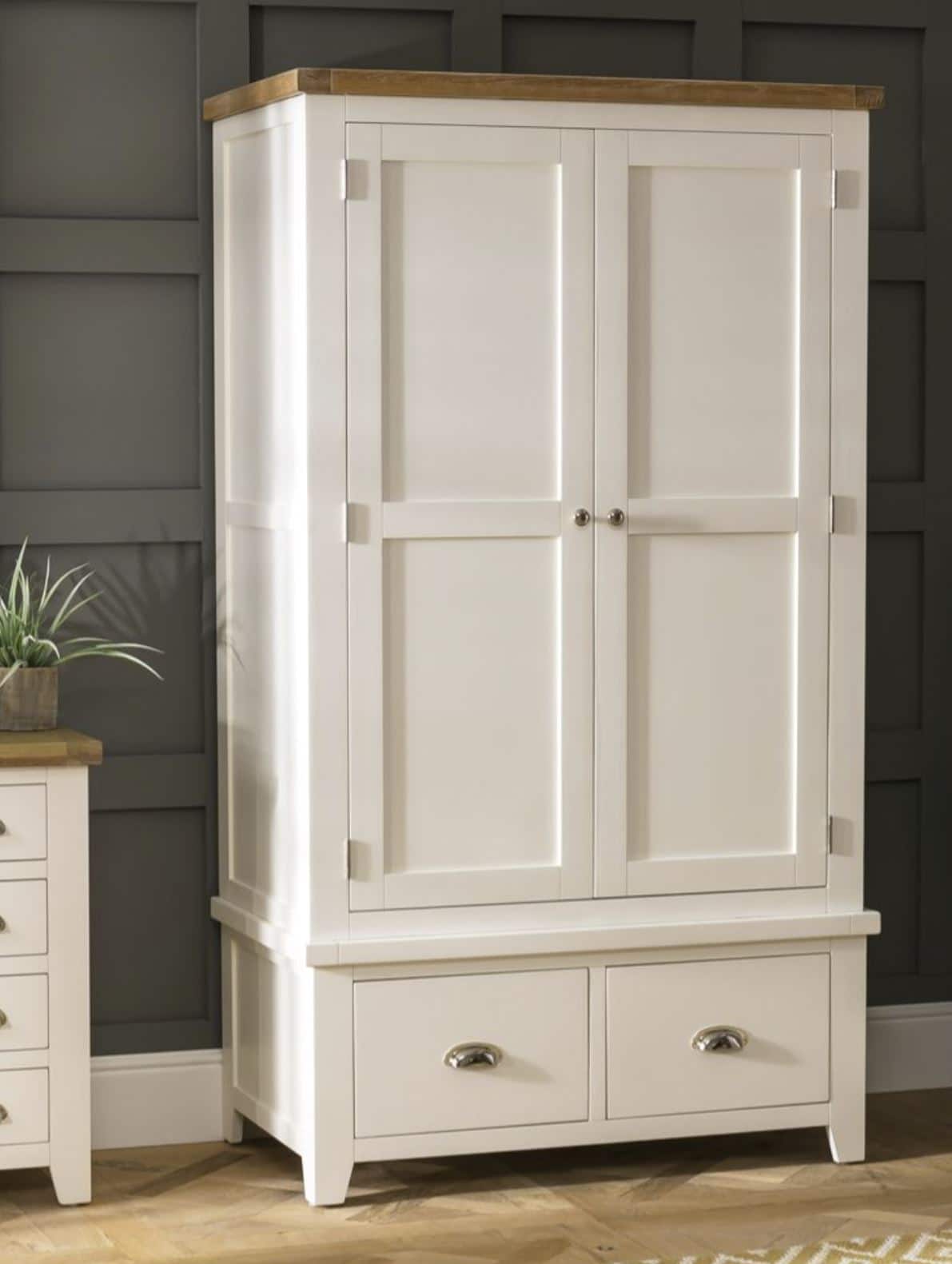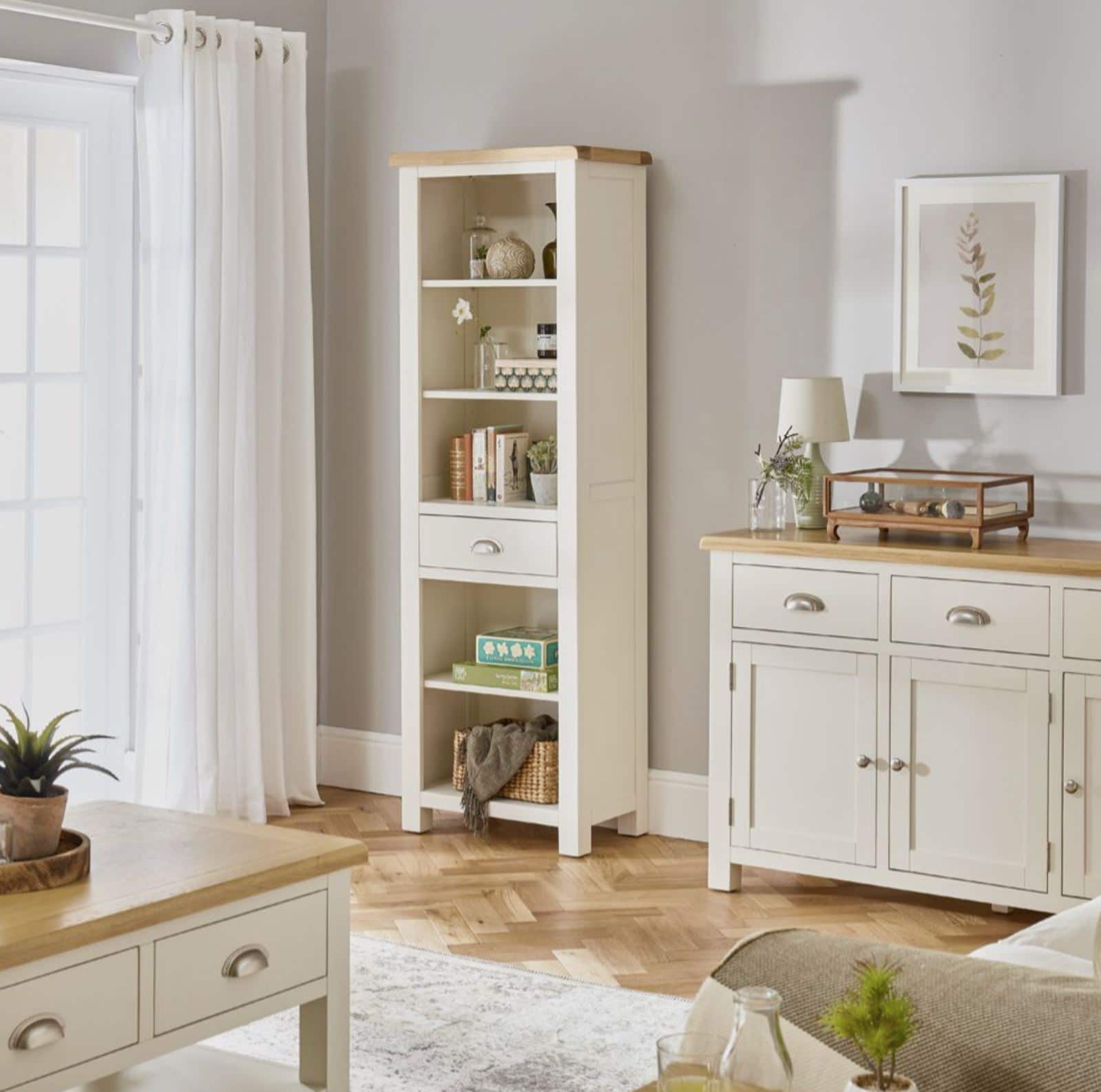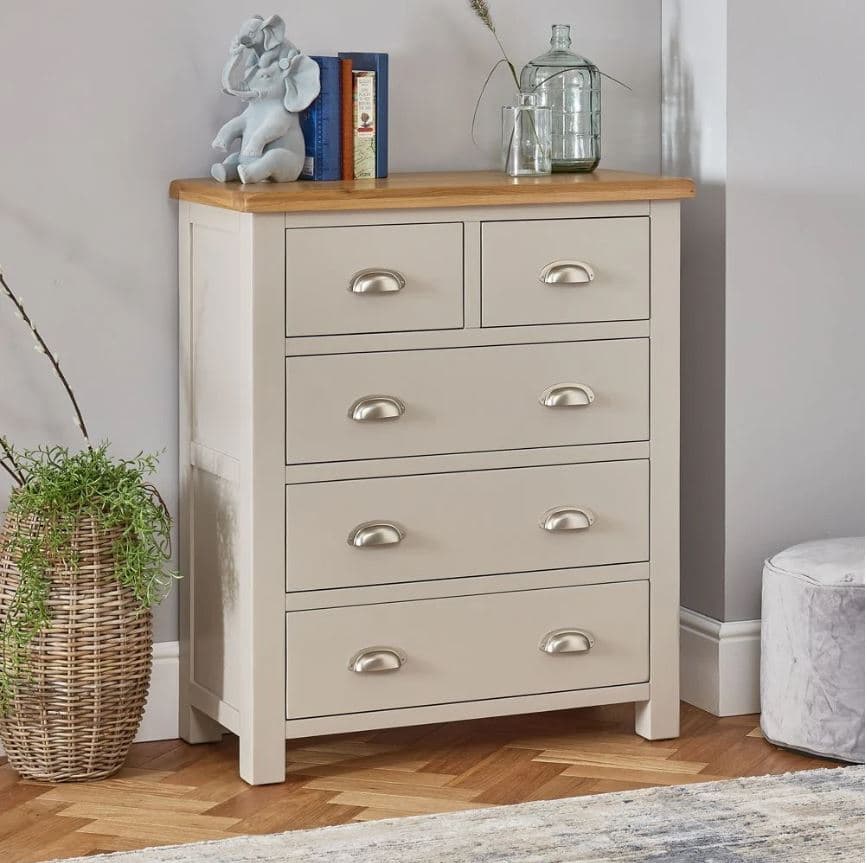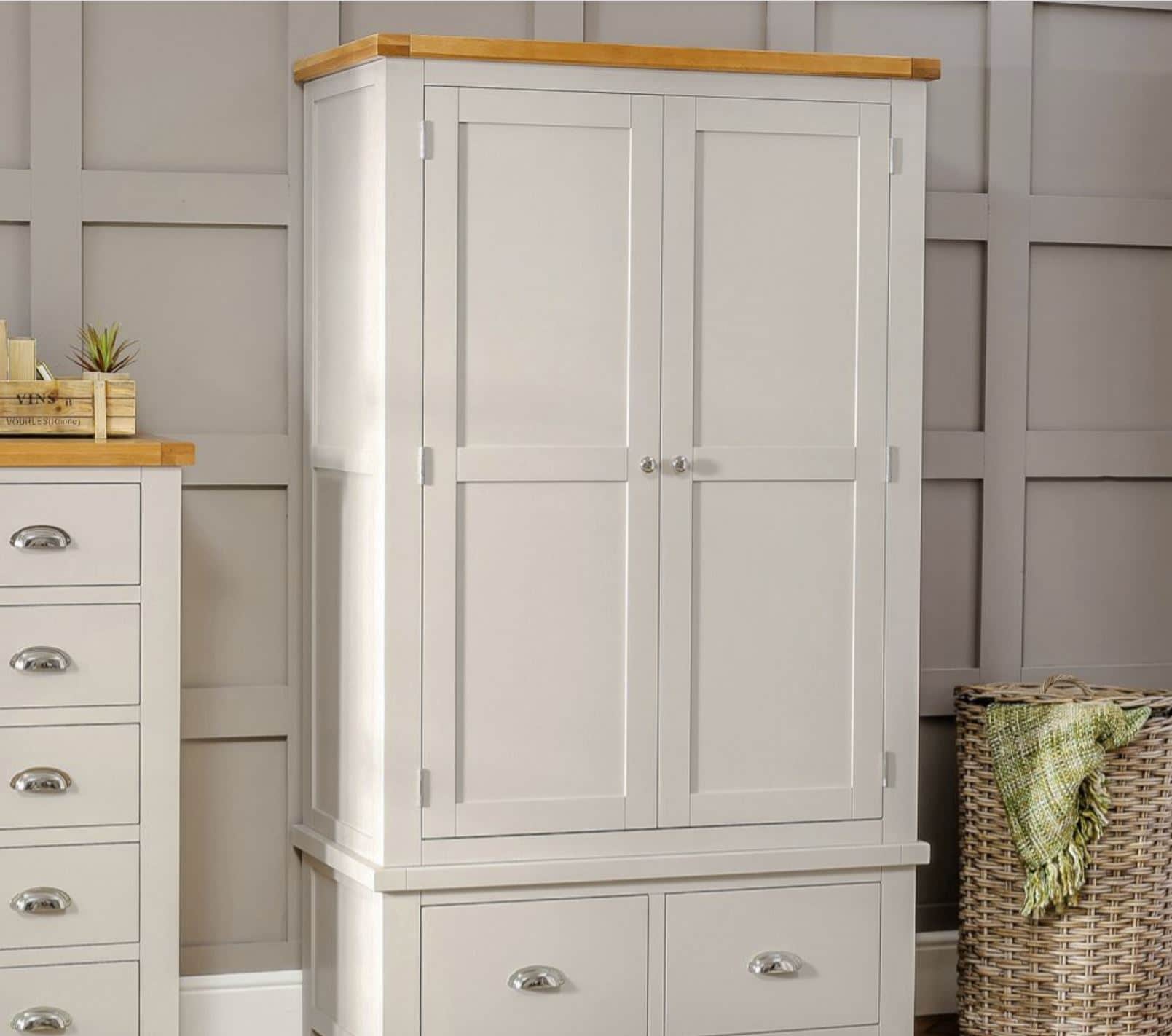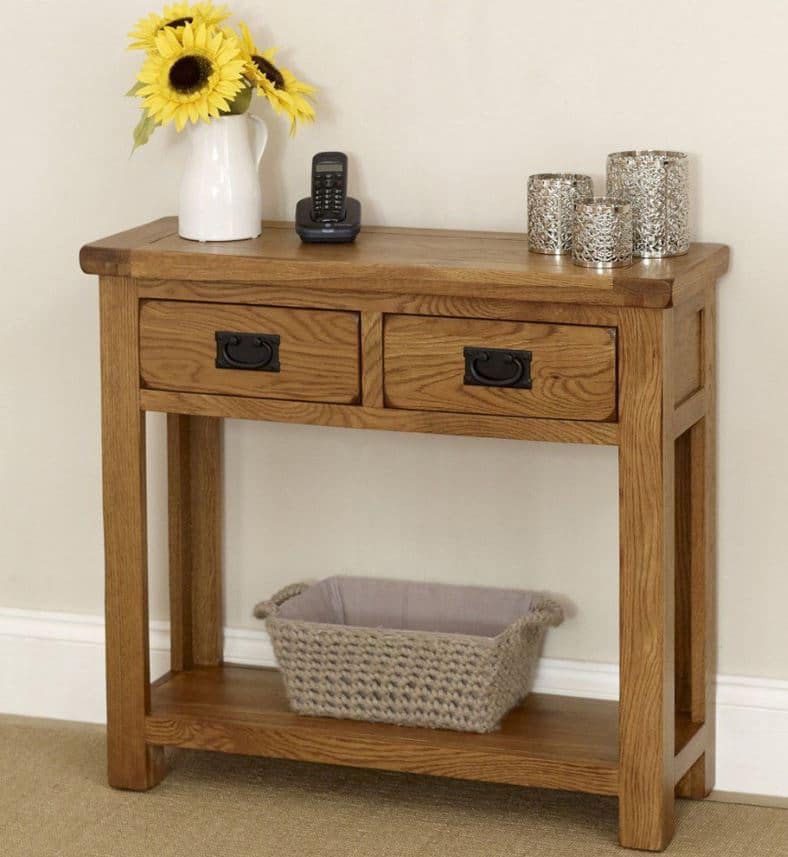How To Create An Art Deco Interior
- By Alicia Newman
- Interior Design Ideas
- views
By the 1930s, there was a surge in the availability of mass produced products meaning that furniture styles and interior accessories that were previously only affordable to the wealthy were now readily available to all. After the first world war worldwide travel became popular and designers began to take influence from items and materials of other countries. African safaris created an influx of animal hides in upholstery and fabrics whilst ivory ornaments, mother of pearl embellishments and sumptuous tortoiseshell became statement materials in homes across the world.
Whilst Art Deco designs kept the natural influences seen during the Art Nouveau period they traded the naturalistic shapes and floral motifs for more bold and striking shapes and designs. With the rise of Hollywood and the glitz and glamour of the movies Art Deco embraced a far more opulent and refined style using luxurious fabrics, mirrors and striking lighting effects.
Colour Palettes
Luxurious and rich colour schemes were a hugely popular choice during the Art Deco period. Striking colours such as bold black, silver, gold, red and yellow were often seen together creating a chic yet eye-catching finish. Soft creams, fern greens and oyster were popular in fabrics and upholstery whilst Art Deco accessories usually provided a complimentary yet contrasting colour scheme to the furniture and walls by using illuminating and crisp glass finishes or bold and vibrant colours such as orange and blue to create visual detail and artistic flair within a chosen interior.
Fabrics
Fabrics and upholstery in Art Deco interiors were often left plain as to not divert any attention from the fabulous designs of the furniture and architecture. Neutral colours were ever popular for cushions, curtains and bedding using soft beige and pebble tones that complimented the often dark and bold tones of the interior decor. When pattern was used Geometric prints in a contrasting colour would be adopted that were often naturalistic in nature and would feature a chic repetitive pattern that was a key feature of Art Deco interior design.
Lighting
Lighting was an ever present and central design in all Art Deco interiors and came in varied designs that would compliment the backdrop of their interior setting. Ceiling lights would feature plates of glass in increasing or decreasing 'step' like designs and would be a balance of light glass and dark metal framework for an eye-catching finish. Wall lights were almost always uplighters with a detailed Art Deco patterned sconce and a plain or frosted glass shade for a instantly recognisable period design. Lamps during this time often featured a delicate female figure that would hold a glass ball shade creating an artistic and sculptural focal point. Glass was very rarely coloured during the Art Deco period, designers instead chose to use frosted, etched or enamelled finishes to create their finished look.
Accessories
Accessories of the time were complimentary of the natural influences of the period but also provided a contrast against the bold forms of the interior backdrop. Rene Lalique was a huge name in Glassware during the Art Deco period. His vases, perfume bottles and wall mounted glass columns were a must have item in any home. His elegant and natural designs looked fabulous against the dark and rich patterns of 1930s interior decor and his designs are still a very popular choice in modern day interior designs.
Another name that became massively famous during the Art Deco period is Clarice Cliff. Her hand painted enamel jugs, crockery and vases were a vibrant sight to behold and added a splash of colour to the glamorous yet muted tones of 1930s interior decor. Natural designs such as flowers, trees and leaves adorned many of her designs and her popularity during the time made her a successful career woman which was something that was unheard of during such a male driven time period.
Furniture
The focus of furniture design during the Art Deco period turned from simple and natural shapes to strong and linear designs that reflected a sense of boldness and glamour. Statement items began to be introduced to homes such as bar cabinets, console tables and wardrobes as an alternative to previous matching suites. The 'stepped' design is a statement feature of this period and looked particularly amazing on tables and cabinets. Chevrons, geometric shaped and zig zags were patterns that appeared across many designs as they worked equally well with opulent mirrored finishes as well as light veneered wood items to create a light and airy feel in any room of the home.
Eileen Grey was a well known furniture designer of the Art Deco Period. Working with wood and lacquer her influences came from designers such as Le Corbusier and and Miles Van Der Rohe. She crafted fabulous geometric designs and innovative styles that featured practical storage space that was hidden and tucked away into linear and visually delightful exteriors. The glossy lacquered finishes looked fantastic as inlays in wooden furniture items and became one of the most well recognised furniture features of the Art Deco period with many designers still adopting her techniques into their contemporary furniture designs.
For more delightful Art Deco interior inspiration then head over to our latest Pinterest Board - Pinterest - Art Deco Interiors


